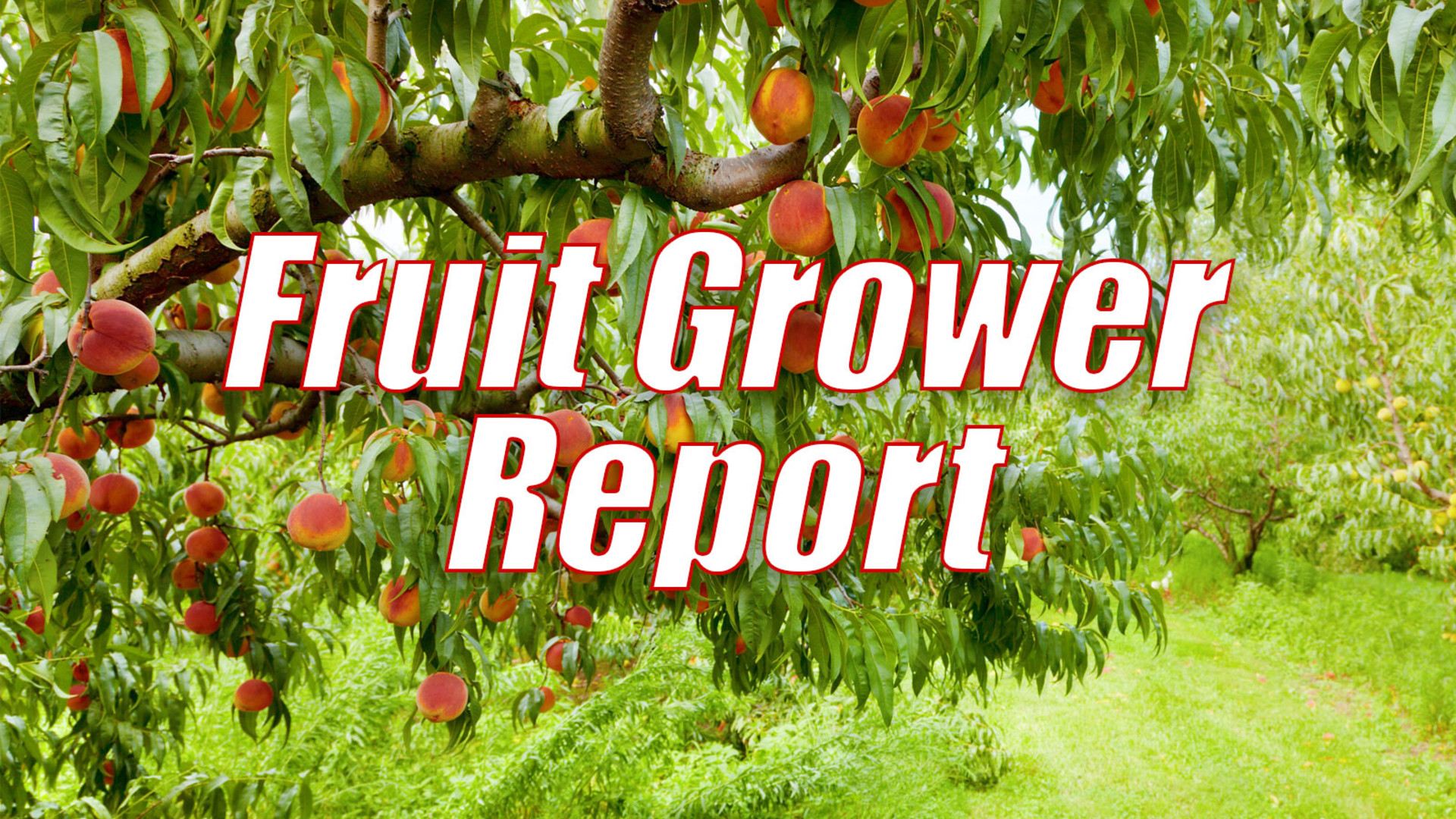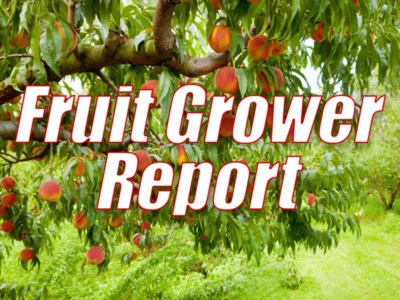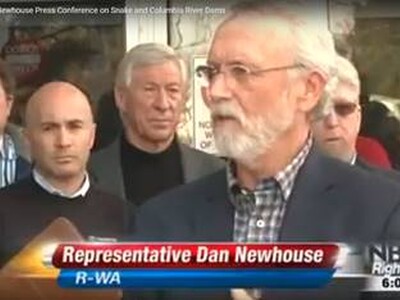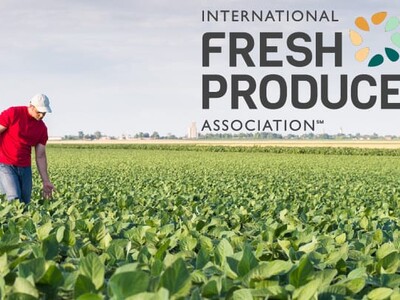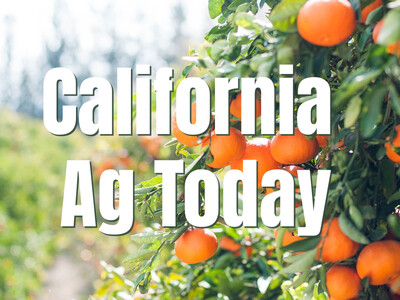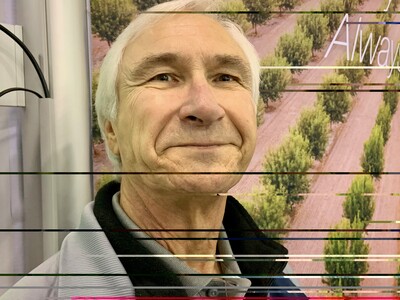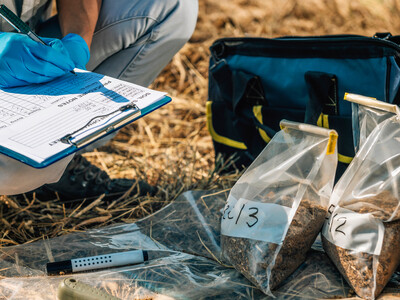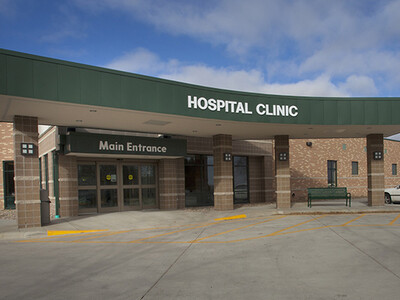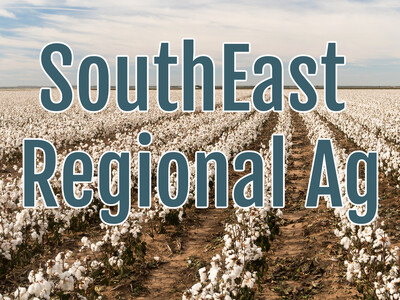Water Resource Development Part 4
Water Resource Development Part 4.I’m Greg Martin with today’s Fruit Grower Report.
Today we wrap up our look at the Columbia Basin Project with lobbyist for the Columbia Basin Development League, Mike Schwisow. In 2004 a memorandum of understanding between the Bureau of Reclamation, Department of Ecology and the three Columbia Basin Project Irrigation Districts was created to urge quite a number of projects forward as part of the overall project.
SCHWISOW: Other projects that have come out of that MOU - and these are things that the League is again the private sector advocate for; one is to address a long standing plumbing problem in the project. And this project was called the Potholes Supplemental Feed Route.
Schwisow talks about how the water is collected and used.
SCHWISOW: Water is diverted at Grand Coulee and it’s sent through the canal and return flows are collected at Potholes Reservoir and then Potholes is the water supply for the south areas. And it’s water that’s already been applied to farms in the Quincy and east district north of there and recollected. A very efficient project. We actually deliver more water to the farm gate than we divert at Grand Coulee because of reuse.
But according to Schwisow there is a problem there.
SCHWISOW: One of the issues though was that because the northern part of the project was never fully developed all the water we need at Potholes to supply the south hasn’t materialized because the return flows aren’t there to capture. And so what they’ve had to do since the early 80’s is feed water to Potholes.
That’s today’s Fruit Grower Report. I’m Greg Martin on the Ag Information Network.


